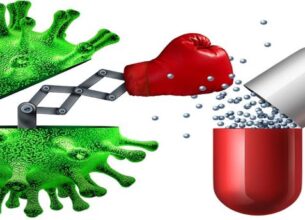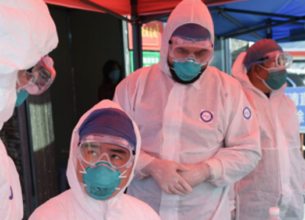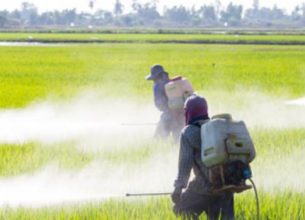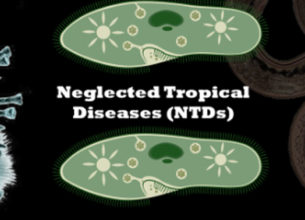LITCHI AND ACUTE ENCEPHALITIS SYNDROME
26, Jun 2019
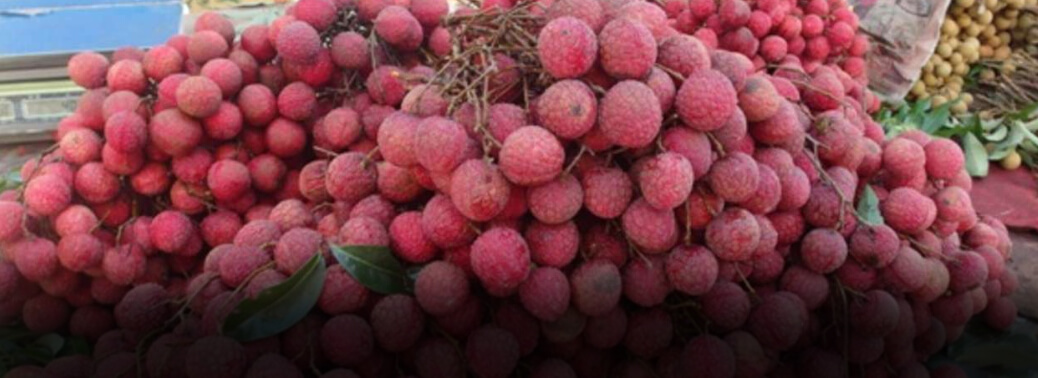
Prelims level : Science & Technology- Medicine and Pharmaceutical
Mains level : Issues relating to development and management of Social Sector or Services relating to Health, Education, Human Resources
- Litchi is being most commonly blamed for the Acute Encephalitis Syndrome (AES) outbreak in Bihar.
- Research paper By Jacob states:
- Its main finding was that this fruit contains a toxin called Methylene cyclo propyl glycine (MCPG).
- But the authors never blamed litchi for AES.
- The causal Factor is Malnutrition and not Litchi.
- The luscious fruit is only a triggering factor for malnourished children as the toxin MCPG can lead to hypoglycaemia (fall in sugar levels).
- So, if a healthy child eats litchi, s/he will not suffer from AES.
How Malnutrition Cause Hypoglycaemia?
- Malnourished children have depleted glycogen store in the liver.
- So if there is no glycogen reserve, the glycogen breaks into glucose.
- When the shortage further increases, even fats start burning. This process produces by products like ketones and amino acids which are neurotoxic.
- So, if a child sleeps without food, this whole physiological process gets completed by wee hours of the day and then the kid gets fever with convulsions and at times s/he loses consciousness.
How does MCPG Interplays with Malnourishment:
- When malnourished kids are exposed to toxins like MCPG present in litchi, which is grown in these months, the chemical triggers hypoglycaemia.
- It’s so much that sugar levels fall up to 30 milligrams per deciliter and sometimes even nil. This leads to complications. The fact that only malnourished children are at risk is also proven by the reasoning that all the vulnerable children belong to the poorest of poor class.
- No child eating litchi, who belongs to a well-to-do family and gets adequate food, suffers from AES.
Why is AES Caused due to Hypoglycaemia so Fatal?
- Most of these deaths are preventable.
- Within four hours of onset of symptoms like convulsions, high fever if a child is administered dextrose (glucose), s/he can be saved.
- Only glucose administration is required. However, most of the patients come from far off villages where the peripheral medical facilities, much against the government’s claims, don’t even have facilities to administer it intravenously.
- They take a lot of time to arrange for conveyance and so the golden time is lost. Only last week, Hospitals saved a child whose glucose level was nil when he was brought to Hospital.



